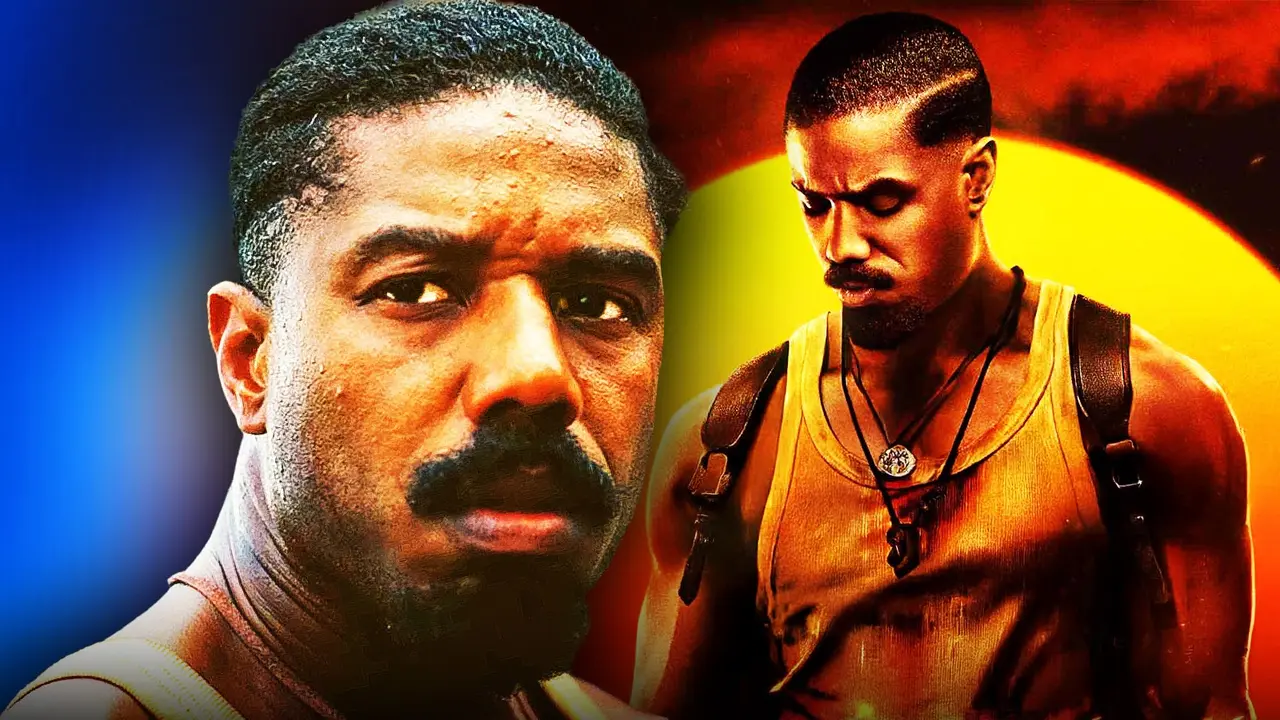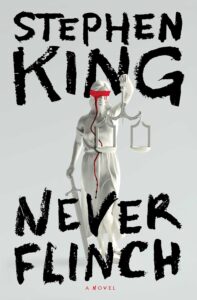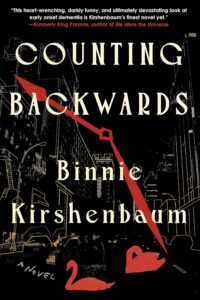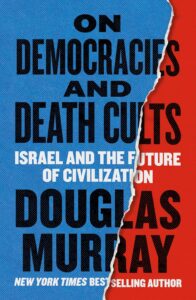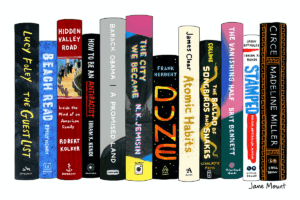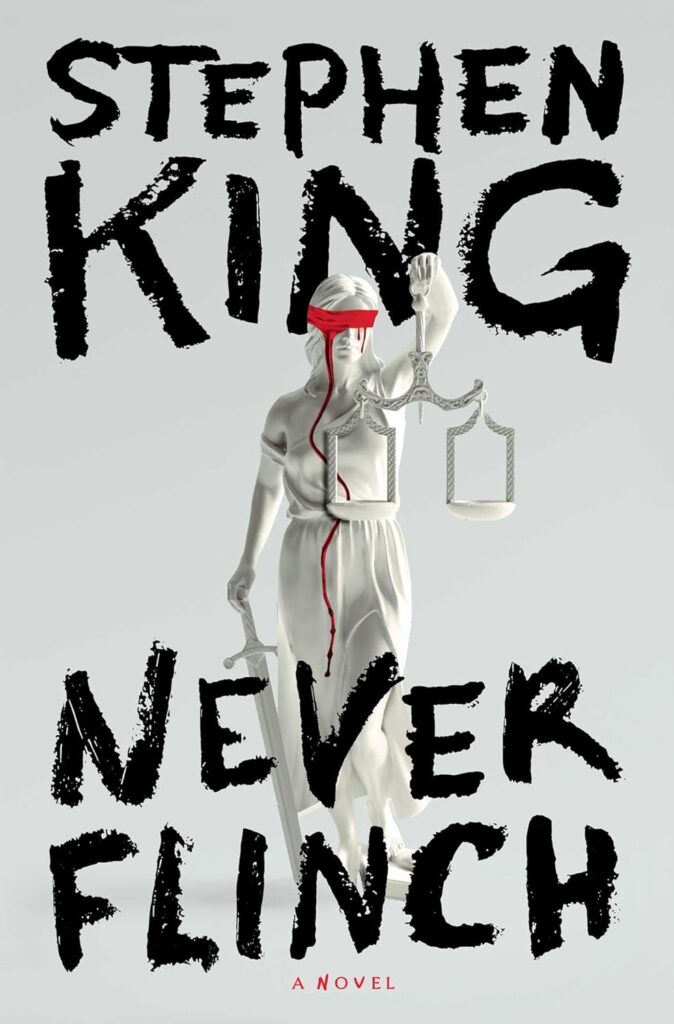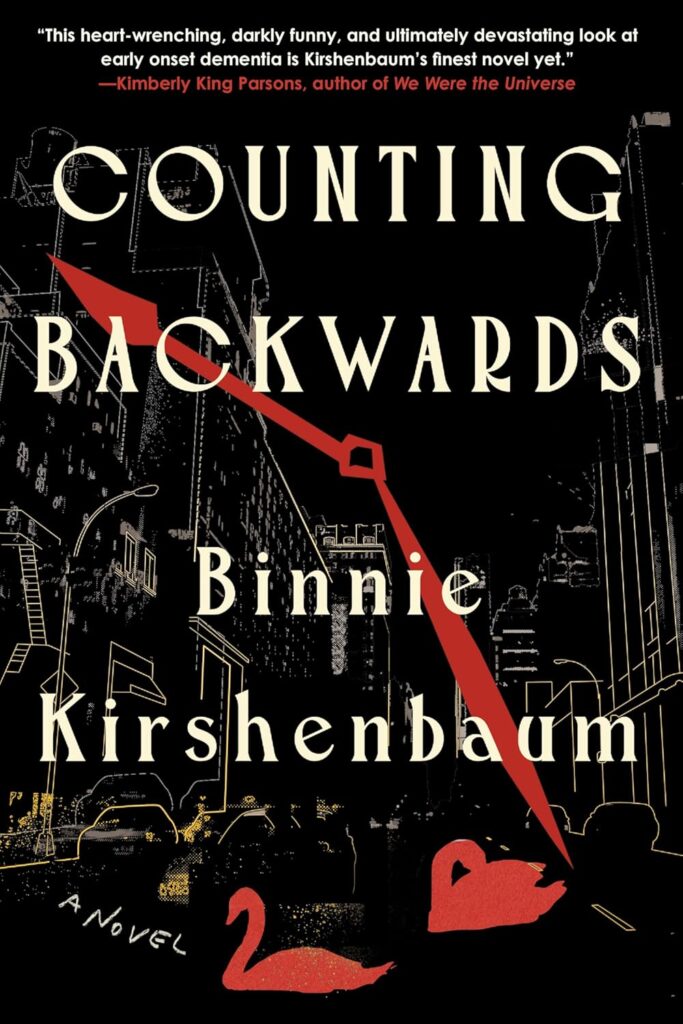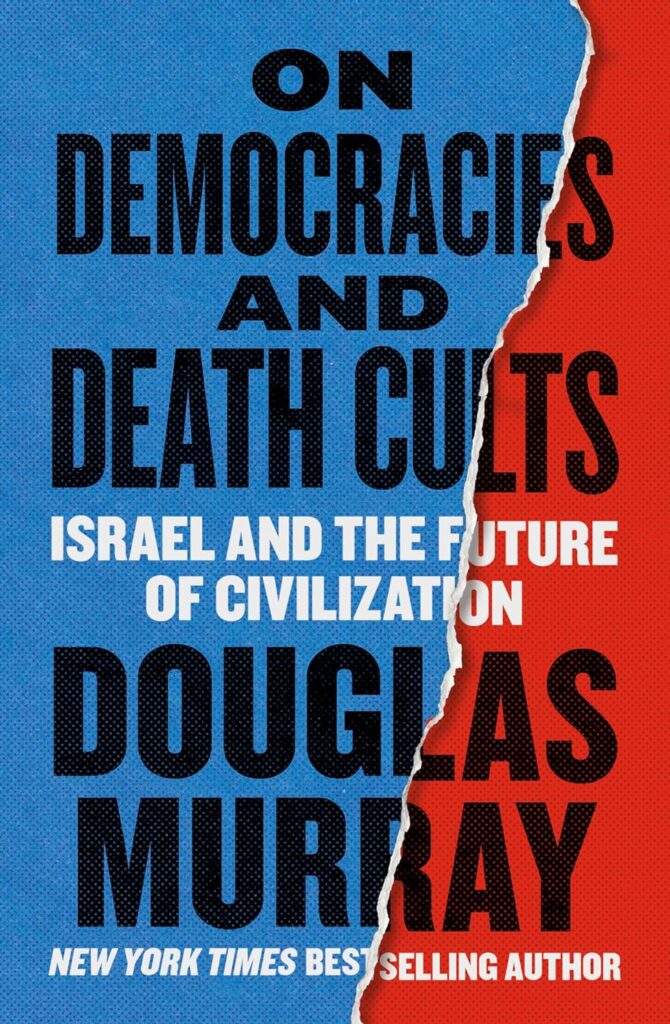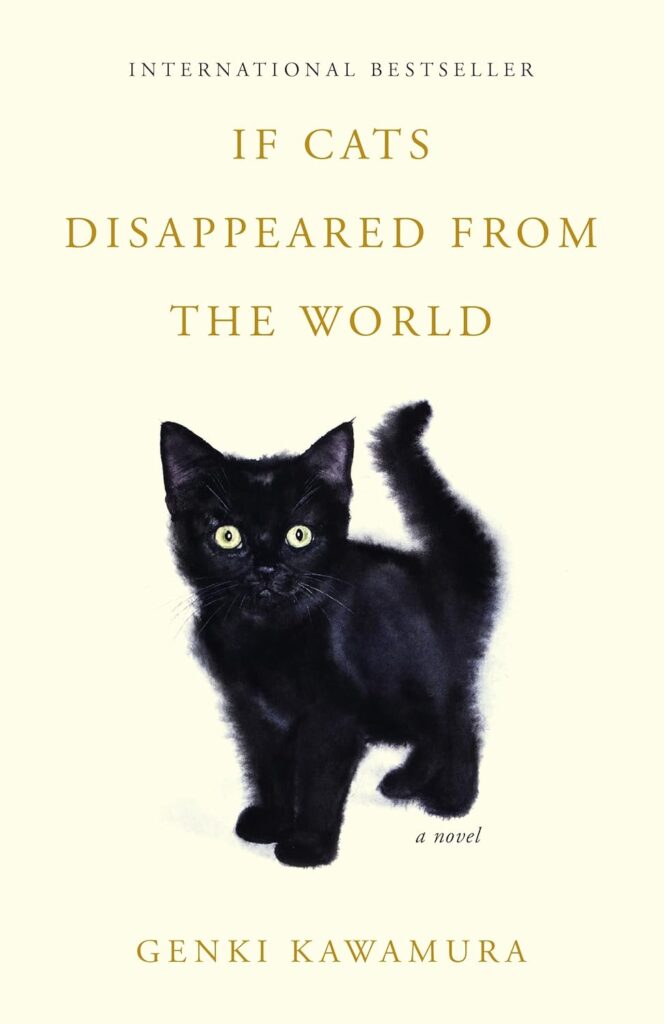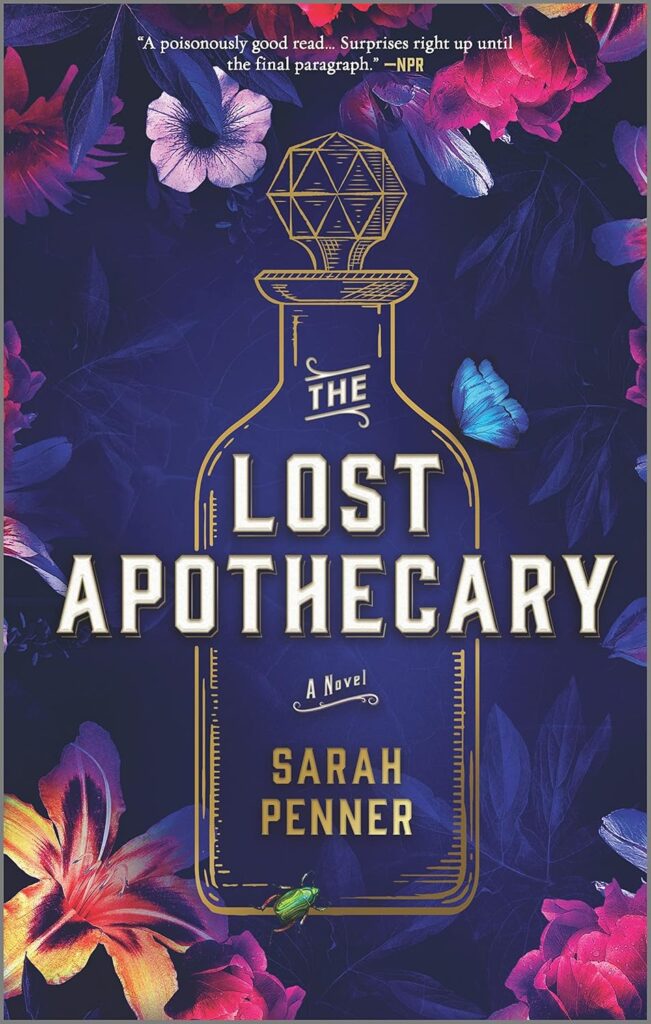If you’d told me I’d be humming hoodoo-soaked gospel for a week after watching a vampire flick set in 1932 Mississippi, I’d have smiled politely and changed the subject. Yet here I am, clutching my metaphorical pearls and whistling the stomp-and-holler theme from Sinners movie like it’s always belonged in my bones. Michael B. Jordan, in a performance so charged it could wake the dead (pun thoroughly intended), and Hailee Steinfeld, with her sly, spellbinding charm, conjure a duet of acting fireworks that left me both giddy and, frankly, a little jealous of their footwork.
Let’s talk about the music—surely composed by the spirits of long-lost juke joints—which moves bodies and plot alike, refusing to sit quietly in the background. The choreography, in case you’re allergic to boring dance numbers, is a delirious congregation of blues, blood, and pure Southern spectacle. Sinners movie surprised me, in the way only something audacious and slightly possessed can, weaving heart-stopping horror with joyous revelry. Consider this my open declaration: I loved every weird, wild, and tunefully twisted minute.
Table of Contents
A Genre-Bending Experience: Sinners Movie in Context
I sat aghast as the opening frames of Sinners movie rolled on screen, feeling as if I’d accidentally wandered onto the set of three separate productions at once—and I mean that in the cheeriest, most confounded way possible. There are films that play coy with genre lines, and then there are films that waltz over them in steel-toed boots, trailing a gospel choir and the ghosts of every Southern tale your grandmother dared not utter after sundown. Sinners movie fits squarely in the latter camp, cheerfully refusing to choose between a haunted house movie, a sweaty period drama, or a hip-thrusting, blood-soaked musical.
 Photo by cottonbro studio
Photo by cottonbro studio
The Joyful Weirdness of Genre Collisions
If you find yourself wondering whether a vampire’s bite pairs well with a blues riff or if hoodoo charm can compete with orchestral flourishes, Sinners movie answers with a toothy grin and a wild, unapologetic yes. The film doesn’t tiptoe around genre boundaries; it flocks to them like a preacher to a potluck, snatching a little of everything on offer. In one moment, I’m glued to a scene saturated with horror—cue the flickering candlelight and the shuddering terror beneath a massive cypress. Seconds later, I’m swept into a musical number electric enough to make even the undead tap along in their coffins.
What makes this stew so tasty isn’t just the novelty of, say, crooning vampires (though—believe me—that’s part of it). The film manages a careful alchemy between:
- Throbbing suspense: Scenes that draw out tension until it sings like a blues solo.
- Sweaty, sepia-toned drama: Every frame seems soaked in Mississippi humidity and secrets.
- Revelatory musical numbers: Gospel and Delta blues provide both heart and horror, holding the line between celebration and fear.
- Southern Gothic flavor: Gnarled trees, crumbling mansions, and characters whose grins gleam just a bit too white.
Each ingredient is rich on its own, but together they create a layered feast for the senses—one that delights in surprising you at every turn. For more on how the movie boldly stitches these genres together, check out this deep dive from Busy 1 Entertainment.
Mississippi 1932: Sweat, Secrets, and Song
There’s audacity in choosing Depression-era Mississippi for a supernatural sing-along. This isn’t backdrop for atmosphere alone; it’s a living, breathing beast that shapes every whispered secret and stamped foot. Sinners movie doesn’t just flirt with the era. It grabs it by its worn collar, resurrecting a time when folks prayed for rain and maybe—just maybe—kept one wary eye on the shadows whispering outside the window.
- Economic hardship smears every scene. Clothes are threadbare, hope thins out like grits stretched too far—a detail that’s not just set dressing but character motivation.
- Religious fervor, so potent you could almost bottle and sell it. Churches anchor the plot, their songs a defense against darkness both earthly and vampiric.
- Race and myth mingle in ways both raw and moving. Hoodoo, juke joints, and hymns draw from the real magic and pain of the time, never cheapening them with caricature.
This blending of social reality with supernatural flair makes the setting more than historical window-dressing. It’s integral, even when it means the threat feels heavier than usual. The haunting echoes of the Great Depression, and its mark on Mississippi society, give the film an emotional core, as described in the Mississippi Historical Society’s piece on The Great Depression and Religion in Mississippi.
Why This Combo Sings (and Bites)
If traditional horror had a baby with a sweaty, soulful musical, then shipped it off to finishing school with a Gothic matriarch, you’d have Sinners movie. This is why the film lingers in memory long after the credits: not because it’s new for the sake of novelty, but because it feels almost inevitable in its chaos. The Southern Gothic vibe wraps around the bright sting of horror and the booming glee of a revival tent—nothing out of place, even when everything should clash.
- No one element dominates. Instead, they trade leads, sometimes dancing together in delirious harmony, sometimes clashing for center stage.
- The risk pays off. What ought to be haphazard is instead invigorating, propulsive, and (dare I say it) joyously strange.
For another perspective, Rendy Reviews offers their take on this genre-bending blend that celebrates Black history and folklore, all while keeping the chills coming.
So, whether you’re a horror lover, a blues fanatic, or someone who thrives on stories thick with Southern atmosphere, Sinners movie makes the case—loudly, sometimes in gospel harmony—that you don’t have to choose. Why settle for just one flavor when you can have the whole, simmering stew?
A Story Rich in Complexity: Plot Overview and Themes
When I tell people that the Sinners movie swings from burial hymns to bloodletting in about the time it takes me to find my car keys (which is—if you must ask—embarrassingly long), I’m not exaggerating for effect. This story is a tornado of brotherhood, ancestral noise, and the kind of supernatural nonsense that would give your granny a headache. At its heart swirl two twin brothers—Ezra and Eli. Born under the shadow of family curses and gifted a legacy of music that pulses through their veins like a stubborn heartbeat, they juggle more than just matching faces. Imagine family drama so tangled even the ghosts roll their eyes in frustration.
Sinners movie doesn’t just use its setting or strangeness as window dressing. Everything serves a purpose. From the mournful ballads guiding the plot to the supernatural creatures lurking in juke joint shadows, each element deepens the story’s core themes: Black history, folklore, generational pain, and a curious, bashful resilience.
The Sinners movie grabs folklore with both hands and stuffs it into every dusty crevice, raging against history’s sharp edges. Racism bubbles beneath the horror, spiritual strength plucks at the audience’s nerves, and, in between, there’s the matter of surviving whatever the next night brings.
Symbolism and Myth: Vampires, Hoodoo, and the Devil’s Bargain
 Photo by Pedro Dias
Photo by Pedro Dias
Now, let’s talk about the parade of symbols that snake their way through Sinners movie, flashing their fangs and tossing around old stories like spare pocket change. On the surface, you see vampires, cloaked in menace and bluesy allure. But don’t be fooled—these aren’t just pretty monsters with an aversion to daylight. In Sinners, the vampires become living (well, unliving) metaphors. Think of them as the walking, thirsty embodiment of oppression—feeding on the lifeblood, dreams, and histories of the living. Not too subtle, but when has subtlety ever really suited the Mississippi Delta?
When that iconic juke joint door creaks open and the vampires drift in, it’s more than a nod to supernatural tradition. According to Den of Geek’s look at the film, the infamous “devil’s bargain” of Southern myth gets literal airtime here, as townsfolk must make impossible choices between salvation and survival—between keeping culture alive or conceding to the seductive, deadly bite of assimilation (Sinners: Ryan Coogler Reveals the Devil’s Bargain of America).
If vampires serve as metaphors for outside forces draining the Black community’s strength, hoodoo steps in as a symbol of resistance. Rootwork, charms, whispered incantations—these are acts of power, bits of inherited wisdom passed from hand to trembling hand. Hoodoo in Sinners gives the community hope—its rituals binding generations while shielding them from the monstrous hunger at the door. Every song sung, every protective sigil drawn, is a stubborn anthem against erasure.
Here’s how the supernatural morphs into metaphor:
- Vampires: They represent the ongoing theft of culture, dignity, and even bodies—a bloodsucker’s colonialism played out under a full moon.
- Hoodoo: Embodies the fight to hold onto self and tradition, no matter how grim the odds.
- Devil’s Bargain: The contractual horror at the film’s core mirrors real-life pacts forced upon the oppressed throughout history. Sell your soul, save your family—or so the story goes. In the movie, it takes on the weight of the blues: sweet, mournful, and edged with regret (The Movie Sinners: When the Devil Directs the Script).
Music itself—those foot-stomping hymns and hollers—isn’t just for mood. It’s both shield and rebellion, a legacy pulsing through every scene. As MSN’s look at the film’s music mythology points out, “devil’s music” becomes a battleground. Blues riffs, long viewed with suspicion by the self-righteous, take on spiritual power. The right song can ward off evil, reclaim heritage, and, perhaps—if you sing it loud enough—drive back the darkness.
As for the atmosphere, Southern Gothic runs thick across the script. Gnarled oak trees, church steeples, and rusting grave markers are more than eerie set pieces. They’re visual shorthand for continued unrest and unspoken struggle. For a deeper dive into how these gothic images prop up the emotional stakes, check out Gothic Imagery in the South.
So when you watch Sinners movie, don’t get distracted by the fangs and fright. The true horror (and glory) comes from the centuries-old struggle woven into every note—by way of myth, songs, devils, and the living memory of survival against every possible odd.
The Powerhouse Cast: Michael B. Jordan, Hailee Steinfeld, and More
The Sinners movie doesn’t just gobble up genres for breakfast and leave you dancing in a dither—it also throws together a cast so good you’d think the devil himself was running Hollywood’s phones. This isn’t your standard grab-bag ensemble, either. Every player in this wild bayou band brings their own brand of spellwork, turning what could’ve been a barrage of clichés into a southern gothic feast that’s equal parts soulful and hair-raising. At the center are Michael B. Jordan and Hailee Steinfeld, both playing roles so juicy you can almost hear studio execs chewing their fingernails in glee. But don’t hang your hat yet—Delroy Lindo, Wunmi Mosaku, and an equally delectable supporting cast round out the corners, serving up grit, grace, and more chemistry than a haunted apothecary.
Photo by Ron Lach
Michael B. Jordan: Dual Roles, Double Trouble
If Michael B. Jordan ever needed to prove he’s got more tricks up his sleeve than a riverboat gambler, Sinners movie is his royal flush. Playing twin brothers Ezra and Eli, Jordan sashays from one side of the emotional spectrum to another with the kind of ease most actors only dream about (perhaps while clutching their third espresso of the day and sighing melodramatically into their mirrors).
- Ezra is a haggard soul, upright and weighed down by the world’s oldest curses—your classic tragic hero with a voice that hums like iron train tracks in July.
- Eli, meanwhile, pirouettes through trouble and charm with a dangerous glint. You never quite trust him, but you immediately want to.
The real joy is watching Jordan’s subtle shifts, the way his eyes flick and his smile curls, making each brother distinct even when sharing a frame. As critics have noted, Jordan’s double performance is not just impressive—it’s like watching a virtuoso play a duet with himself (Sinners Has An Amazing Michael B Jordan Performance). And if you think I’m exaggerating, director Ryan Coogler’s enthusiastic praise for Jordan’s range in these roles is so effusive I almost felt the need to ship the man some smelling salts (Sinners Director Ryan Coogler Praises Michael B. Jordan).
This duality is more than just theater-school flexing. It gives the film depth, letting the whole dark fairy tale teeter on the edge between hope and despair, love and betrayal. Jordan’s energy fuels every scene, and believe me, it never fizzles.
Hailee Steinfeld: Spellbinding in Every Note
You know that rare performer who can pull off sly wit, gut-deep pain, and the kind of singing that makes a church mouse weep? That’s Hailee Steinfeld in Sinners movie. She plays Mary—a character shrouded, quite literally, in both mystery and lace, with a voice blessed by both muse and mayhem.
Steinfeld doesn’t simply show up and stand around looking pretty while the boys spar. Her Mary is a force of reckoning, caught between worlds and using every ounce of cunning to survive. She’s the bright flicker in Jordan’s darkness, sometimes his salvation, sometimes his undoing. Their chemistry? Practically visible. If sparks were brush fires, Mississippi would burn.
Critics have highlighted how Steinfeld’s performance threads together the personal and historic—bringing her own sense of ancestry and contradiction into Mary’s multi-racial, multi-dimensional life (Hailee Steinfeld’s Multi-Racial ‘Sinners’ Role). The result is a character that feels fully lived-in, heartworn, and vital to every twist of the plot, as Refinery29 explores in their analysis.
If you want a performance that stings and soothes, Steinfeld delivers. Her voice is butter and brimstone, her glance a dare. She’s not just a love interest—she is the pulse that keeps the Sinners movie alive.
Supporting Cast: Grit, Gravitas, and Grace
Let’s not pretend two leads make a feast. The supporting cast adds the salt, the smoke, and that unplaceable tang that sends a dish from “serviceable” to “I’ll-need-your-grandma’s-recipe-now.”
- Delroy Lindo rules every scene as the weary, half-mad preacher with secrets tucked under his collar. There’s a glimmer in his eye—a mix of menace and melancholy—that dares you to look away. Spoiler alert: you won’t.
- Wunmi Mosaku infuses her role as hoodoo matriarch with power and heartbreak. She moves like someone who could, if pressed, hex your car into a pumpkin and then make you laugh about it. Her moments—small, soulful, steel-strong—anchor the film’s wildest flights into horror and hope.
- Omar Benson Miller, Jayme Lawson, and Miles Caton round out the congregation with rich, memorable turns, each etching their character into memory with a wink or a war cry.
Every member of the ensemble contributes to the movie’s vibrant, lived-in texture, as seen in the full cast breakdown and this Wikipedia overview.
Chemistry and Emotional Resonance
It would be criminal not to mention the wild, strange magic this cast conjures together. There’s a sense that every performer has signed onto some unspoken pact to swing for the fences and land, sweat-soaked and beaming, in the mythic mud. The connections between characters feel charged, like lightning snagged in a mason jar—sometimes crackling with longing, sometimes humming with suspicion, always alive.
What pulls this whole gothic carnival together is not just raw talent but the sense that everyone, from leading stars to bit players, is pulling the same yoke. They dance, fight, and bleed together, their struggles echoing across generations and graveyards alike.
The result? A cast that doesn’t just perform—they haunt. Their work lingers. They’re the spell that keeps the Sinners movie stomping through your memory, rattling chains and humming gospel tunes long after you leave the theater.
Sonic Brilliance and Dance: Music and Choreography in Sinners
Before watching Sinners movie, I thought I’d seen it all—ghosts waltzing, werewolves line-dancing, the occasional tap-dancing zombie (don’t ask). But few films have made me want to stomp a hole straight through my living room like Sinners, with its riotous marriage of music and movement. If you walked away from this one without an itch in your feet or a praise-hands emoji in your heart, I have to assume you watched it on mute. Ludwig Göransson’s score alone had me squinting heavenward, wondering if old spirits had loaned him their songwriting secrets. Pair it with an arsenal of choreography that hits like a shot of Mississippi moonshine, and you have a recipe for cinematic rapture. Let’s pry open the lid on what makes music and dance in Sinners so gloriously unforgettable (and, yes, just a bit unhinged).
Key Musical Moments and Standout Scenes
Photo by Vidal Balielo Jr.
The soundtrack to Sinners movie, blessed by Ludwig Göransson’s musical wizardry, isn’t your typical background hum. Sometimes it slides up behind you, humming gospel in your ear. Other times, it roars in with a brass section loud enough to scare away the fanged and the faithless alike. I would’ve happily taken the album home and slow-danced with my cat—and I say that without shame. The official Original Motion Picture Score lives up to the film’s wild inventiveness, mixing haunted gospel, Delta blues, and the odd touch of symphonic horror that feels ripped straight from the Devil’s own iPod.
Some moments that made me sit up and clap like I’d caught the Holy Ghost:
- The Hallucinatory Juke Joint Rumble: I’m still buzzing from this. Imagine: hazy lanterns, sweat-slicked faces, and a stomp so forceful it rattles the bones of the set. The long, unbroken take during the juke joint sequence—filmed like a fever dream—plunged me straight into the room, where dance becomes both seduction and defiance. You could pause the film at any moment and swear you’d landed inside a Southern Gothic painting. I dare you to find a scene in recent memory that sways with such dangerous joy. For a detailed breakdown on how this spectacle was captured, No Film School unpacks the madness and leaves you almost believing you, too, could dance with the Devil if the band was good enough.
- The Mash-up Madness (or, How to Make the Undead Boogie): Sinners doesn’t settle for one genre any more than it settles for one monster. Blues riffs slide into church hymns before hip-hop beats barge in, sending the whole affair spinning off-balance in the best way. There’s a mid-movie churchyard number—equal parts revival and exorcism—that sent me reaching for a tambourine, left both awestruck and totally unmoored.
- The Guitar Duel with Ancestral Back-Up: Not to be upstaged by anyone living (or dead), the Sinners movie gives us an electrifying concert-faceoff, with Michael B. Jordan’s Ezra channeling everything from sacred sorrow to raucous rebellion. As Göransson’s score melds twanging guitar and minor-key gospel, dancers erupt like the world’s creepiest flash mob—think “Riverdance” meets “Thriller” but with more sweat and less moonwalk. The drama is so thick you could cut it with a bowie knife. Entertainment Weekly’s scene breakdown does justice to the shivers this sequence sent skittering up my spine.
- The Spiritual Showdowns: At least twice, Sinners morphs a showdown into a literal battle of sounds and steps. The choreography—sudden, sharp, sometimes sly—echoes the call and response of Sunday service, but with a menacing edge. When Steinfeld’s Mary launches into an invocation, both feet and voices move in defiance, summoning the ancestors, saints, and anything else within shouting distance. The dance is not an accessory here; it’s a weapon, a shield, and—if we’re getting fancy—a love letter scrawled in sweat and stomps.
If you want to listen for yourself, you can find the Sinners Original Motion Picture Soundtrack on Apple Music, or peruse the full history of the film’s musical daring (and genre defiance) via its Wikipedia page.
What startles me most is how music and dance don’t just color the film—they drive it. They’re as urgent as the plot itself, tugging characters onto the dance floor whether they’re ready or not. This synergy pulls us, the unsuspecting audience, into the fever dream. When the cast wails the refrain in unison, or the choreography brings the whole congregation crashing to its knees, you realize: Sinners movie isn’t content to ask for your attention—it demands your body and your soul for two glorious hours.
Now, if you see me breaking into a step-touch down the produce aisle, mind your business. That’s Ludwig Göransson’s fault, and Sinners movie is the only sermon I’ll need for a while.
Visual Grandeur: Cinematography and Direction
I’ll admit, my eyes feasted on Sinners movie like a kid in a candy store that also, improbably, doubles as a haunted mansion. Ryan Coogler, with his director’s hat perched at a rakish angle, doesn’t so much frame a scene as he does build a living, breathing diorama and then dare you to blink. The sheer audacity of visual choice here—every flickering lantern, every dusty shaft of light—feels purposeful, sometimes grand, occasionally almost too much (but, like a proper slice of Mississippi pie, never enough to turn away another bite). Before you can even settle into your seat, the visuals are doing the foxtrot across your retinas, promising atmosphere, tension, and something just a bit off-kilter.
 Photo by Kyle Loftus
Photo by Kyle Loftus
Coogler’s Signature Style: Painting With Shadows and Sunbeams
Coogler doesn’t direct; he wields his camera like a blues musician wails on a guitar—gritty, decisive, and unabashedly emotional. Long, lingering shots unfurl across the bayou, heavy with Spanish moss and secrets, while close-ups dig so deep you could count the sweat beads on a preacher’s brow (if you had the stomach and a magnifying glass).
The director’s embrace of visual metaphor is so enthusiastic, I half-expected the frame itself to weep with joy (or sweat, as the case may be). Take the recurring contrasts: hellfire church scenes, where stained-glass sunlight gives the cast halos or horns depending on the narrative wind, or the creaking mansions washed in moonlight, signaling that this story won’t hide its monsters.
- Shadows crawl, sometimes literally, across peeling wallpaper, hinting at the supernatural lurking just out of sight.
- Wide, static shots evoke a kind of oppressive stillness, pressing down on characters like humidity in July.
- Sudden, kinetic camera moves echo the internal chaos of scenes—well-placed, never showy.
Coogler’s command here is so pronounced, I’d argue you could turn off the dialogue and still get half the plot, just from the visual poetry. Don’t just take my word for it, read how a reviewer at The New York Times called the film “a big-screen exultation… a passionate, effusive praise song,” and you’ll understand this isn’t your grandma’s horror flick.
IMAX, Large-Format Film, and That Immersive Feeling
Now, let’s address the elephant in the cinema: Sinners movie is a technical flex of spectacular proportions. Coogler and his team, never satisfied with “just pretty,” decided to shoot the film with both Ultra Panavision 70 and IMAX 65 cameras. If you’re not a film nerd (yet), just know that means everything is larger, richer, deeper—kind of like seeing your favorite painting up close, then realizing it’s painted on the side of a cathedral.
- IMAX sequences don’t just add size; they bring you right to the muddy edge of the juke joint, smoke curling around your knees.
- Large-format film stock packs a rich, buttery depth into those Southern skies and haunted interiors, letting blues and greens hum with life.
I could practically smell the bayou. There’s a press of intimacy, a sense that you’re on the wrong side of the velvet rope separating the mundane from the magical. Coogler’s choice to shoot in these formats isn’t a technical stunt; it’s the foundation of the world he’s building, creating visuals with a patience and awe that most movies only dream about. Photogs, take note: Sinners is the first movie to simultaneously use both Ultra Panavision 70 and IMAX 65 film cameras, as detailed by PetaPixel.
For the format-obsessed (and who among us isn’t, at least when popcorn is involved), even the shifting aspect ratios dress up the narrative, making certain scenes burst out of the frame while others huddle small and tense. Some folks over at Reddit’s IMAX forum gushed about how the format changes were “intentional and never distracting,” which, let’s be honest, is high praise from the internet.
Building (and Sometimes Breaking) the Spell
All is not picture-perfect—this is Sinners, after all, and the world is a little crooked. Some keen-eyed viewers (myself, reluctantly included) may spot a hiccup or two: a shot where the color grading shifts just enough to snap you out of the spell, or a slightly mismatched transition that hints at the logistical headache behind such a massive shoot. There are a few scenes where the grain creeps up or the light levels dip—not enough to spook you from your reverie, but noticeable if you’re one of those poor souls who actually watches the background.
But before you cry foul or polish your monocle, may I offer this: the minor visual inconsistencies almost feel like seasoning, a reminder that mythology and history are never polished to the same shine. The deliberate grit, the sweat-soaked grandeur, and yes, the rare flicker or blur tell you this isn’t a sanitized fairy tale, but one stitched from the very fabric of folk memory. Coogler’s commitment to mood, world-building, and an almost feverish theatricality outweighs the stray moment of technical imperfection.
If you’re curious about how these choices make Sinners a “cultural masterpiece and a mythological call to action,” don’t miss the thoughtful analysis at Medium.
Why This Visual Style Holds You Under Its Spell
So, what’s the real trick? It’s not just the scale, not just the shadows or the luscious grain slathered over every cotton field. It’s about letting you drown in atmosphere until you surface, wild-eyed and breathless, certain that the South has always hummed with monsters and music, that every flicker of candlelight might hide a secret.
If you walk away from Sinners movie without a head full of strange colors and haunted faces, I’ll eat my hat (though preferably not in IMAX). For Coogler and cast, every shot is a sermon: heavy with meaning, riotous with beauty, and never, not for a moment, ordinary.
Conclusion
Sinners movie did not simply tap me on the shoulder and ask for my attention—it kicked the church doors open and sang its eerie gospel right into my bones. Rarely have I seen a film waltz so boldly between high camp and high art, all while dragging a battered blues guitar through graveyard dirt. The music and choreography don’t serve as gilded garnish; they are the skeleton and heartbeat of the story, thrumming with the wild, sweaty magic of a Mississippi midnight.
What startled me most was how Sinners movie held so much strangeness together without snapping under the weight. Every note and stomping step furthered its haunting vision, daring me to surrender to its fever dream. This is the kind of film that gets stuck in your teeth—a little sweet, a little bloody, and impossible to forget at the bottom of your popcorn bag. With 2025 giving us no shortage of polished and forgettable fare, Sinners stands alone: original, unruly, and vital, a much-needed dose of soulful mess in the age of predictability.
If you’re the type who likes your cinema bold, bruised, and singing at the moon, let Sinners movie be your next sermon. Trust me, your bones will thank you for it.

